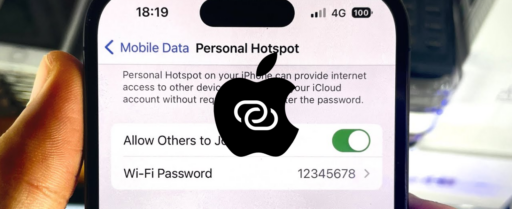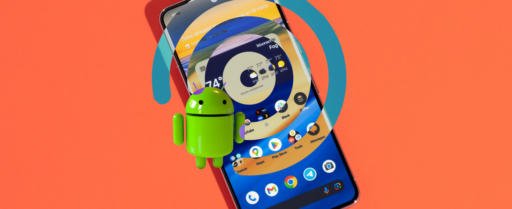FaceTime has become a go-to tool for staying connected, whether for work, family, or just catching up with friends. But have you ever wondered how much data you’re using while on a FaceTime call? Understanding FaceTime’s data consumption can help you manage your data plan more effectively and avoid unexpected charges. In this blog, we’ll break down FaceTime data usage, the factors that affect it, and tips for managing your data efficiently. Plus, we’ll show you how Driffle’s eSIM can help with data saving during FaceTime calls.
Understanding FaceTime Data Usage
FaceTime’s data usage varies depending on several factors, including the type of call (audio or video), call duration, and the quality of the connection. Here’s a closer look at how FaceTime uses data:
- Audio Calls: FaceTime audio calls consume less data compared to video calls. On average, FaceTime audio calls use around 1-2 MB of data per minute. This means that a 10-minute audio call will use approximately 10-20 MB of data.
- Video Calls: FaceTime video calls use significantly more data. The data consumption depends on the video quality settings and the length of the call. On average, FaceTime video calls can use between 3-5 MB of data per minute. For instance, a 30-minute FaceTime video call might consume around 90-150 MB of data.
- High-Quality Video: If you’re using FaceTime with higher video quality settings, the data consumption can increase. HD video calls can use up to 6 MB per minute. If you’re on a long call with high-definition video, it’s easy to see how quickly your data can be used up.
Factors Affecting Data Usage
Several factors can influence how much data FaceTime uses:
- Connection Quality: A strong Wi-Fi connection usually means FaceTime uses less data compared to a weaker connection. If you’re on a cellular network, the data usage can be higher due to less stable connections.
- Call Duration: Longer calls will naturally use more data. Keeping track of how long your FaceTime calls last can help you estimate your data usage.
- Video Quality: FaceTime allows for different video quality settings. Higher quality settings will consume more data. If you’re using high definition or 4K settings, your data usage will increase accordingly.
- Number of Call Participants: Group FaceTime calls with multiple participants will consume more data than one-on-one calls. Each additional participant adds to the data usage, especially if all participants are using video.
Tips to Manage FaceTime Data Usage
Managing FaceTime’s data usage is crucial, especially if you’re on a limited data plan. Here are some tips to help you keep your data consumption in check:
- Use Wi-Fi Whenever Possible: To avoid using your mobile data, connect to a Wi-Fi network whenever you can. This will help you avoid extra charges and conserve your data plan.
- Monitor Call Duration: Monitor the length of your FaceTime calls. If you frequently make lengthy calls, consider adjusting the duration to better manage data usage.
- Adjust Video Quality: FaceTime allows you to adjust video quality settings. Lowering the video quality can help reduce data usage, especially if you’re on a cellular network.
- Check Data Usage Regularly: Many smartphones have built-in data tracking tools. Regularly check your data usage to see how much FaceTime is consuming and make adjustments as needed.
How Driffle’s eSIM Can Help with Data Saving on FaceTime
When it comes to managing data usage for FaceTime, Driffle’s eSIM offers several benefits that can help you stay within your data limits:
- Flexible Data Plans: Driffle provides flexible data plans that you can adjust based on your needs. If you’re a frequent FaceTime user, you can choose a plan that offers more data to accommodate your usage.
- Efficient Data Management: Driffle’s eSIM allows you to manage your data usage efficiently online. You can monitor your data consumption in real-time, helping you stay aware of how much data you’re using during FaceTime calls.
- High-Speed Connectivity: Driffle’s eSIM provides access to high-speed networks, which means that your FaceTime calls can be more stable and require less data to maintain a good connection.
- Seamless Switching: If you travel frequently or use multiple networks, Driffle’s eSIM makes it easy to switch between networks without losing connectivity. This ensures that you’re always on the best available network, which can help optimize your data usage.
- Enhanced Security: Driffle’s eSIM offers secure data transmission, which helps protect your data during FaceTime calls. This added layer of security ensures that your personal information remains safe, even as you manage your data usage.
Summary
Understanding FaceTime data usage can help you manage your data plan more effectively and avoid unexpected charges. By being aware of factors that affect data usage and following tips to manage it, you can enjoy your FaceTime calls without worrying about data overages.
Additionally, Driffle’s eSIM provides a flexible and efficient way to manage your data usage, ensuring that you stay connected while saving on data. With Driffle’s support, you can keep your FaceTime experience smooth and worry-free.
To learn more about Driffle’s eSIM and affordable plans, visit here.



